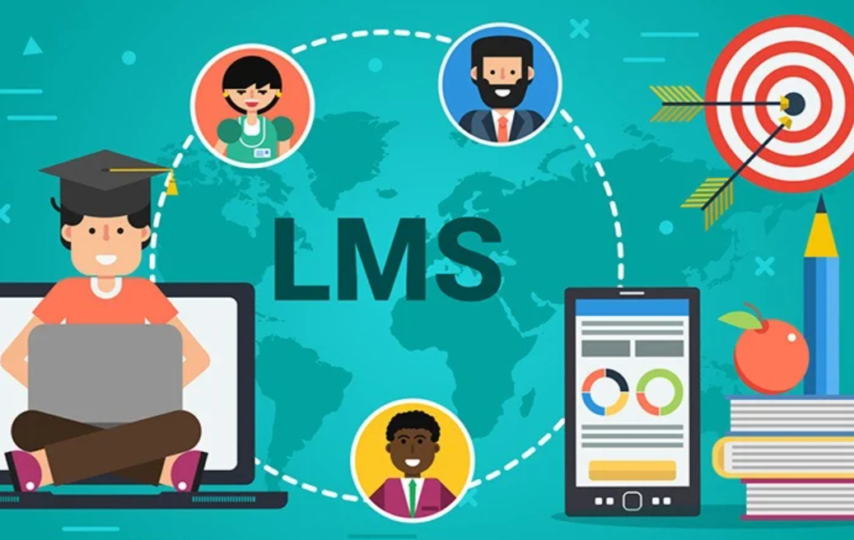Learning management systems (LMS) and eLearning has become suitable and affordable replacement for traditional training delivery techniques. Online LMS platforms have allowed businesses to combine face-to-face and integrated learning techniques to give employees an interactive virtual learning environment.
LMS platforms are now a requirement rather than a luxury. The LMS market has been expanding at a startling rate, and experts predict that it will grow to USD 37.9 Billion by 2026.
Thus, if you want to ensure that your training method is prepared for the future, an LMS platform is a requirement. However, choosing the best LMS platform from among the many available can take time and effort. You might have to spend time and money looking through different systems before you find the right one.
This article offers a thorough walkthrough of identifying the ideal LMS platform. Furthermore, the simple steps below will help you choose the best LMS.
Recognize Your Requirements
Knowing your needs is essential to choosing the best platform because different platforms offer various benefits. Businesses typically use LMS platforms for the following:
- Employee Training – LMS platforms facilitate easy employee learning. You can use an LMS platform to provide training to multiple departments without reserving separate training schedules or locations.
- Orientation or Recruitment Training – It can be difficult to welcome new members. By creating training materials that outline the organization’s policies and other guidelines, an LMS platform enables you to modernize the orientation and training process.
- Knowledge Retention: By making it simple to obtain a sizable knowledge base, LMS platforms streamline performance management.
It’s essential to determine your requirements before choosing the best platform from the top LMS platforms.
Select The Type Of LMS You Need
There are two types of LMS platforms: open-source and proprietary.
The user must pay a significant fee to access proprietary platforms, which the developer owns. Although a proprietary system has some restrictions on customization, it offers excellent customer service, simple usage, and dependable service.
Such LMS systems are best for those who don’t have the skills to personalize such structures or who need results immediately.
Commonly free or considerably less expensive than proprietary LMS systems are open-source versions. The open-source LMS platform can be adjusted to your specifications.
With an open-source platform, you can customize it to your needs, whether it be through additional functionality or third-party integrations.
Therefore, select the LMS platform type based on the required features and your budget.
Review The Features
The best LMS platforms allow you easily add and customize content. To reflect the branding of your business, you can alter the platform’s theme, visual appeal, and design.
You can also modify the workflow to fit the user’s formal learning and training requirements of your organization using high-quality LMS platforms.
Examine The Costs
You must choose an LMS after considering the different pricing models and your business type. Typically, LMS platforms offer the following pricing options:
- Pay-per-Learner: In this format, you make a set payment for a predetermined number of learners.
- Pay-per-active-learner: In contrast to the previous format, this requires you to pay the platform operator only when users access your platform during a billing cycle.
- Subscription: This format is appropriate if you have no idea how many users will access the system or how many will be engaged. It is one of the most common pricing models today as it proves to be a great investment for small and large businesses.
The Docebo pricing model, for example, is subscription based. It is an excellent tool for those looking for an affordable alternative.
Bottom Line
Selecting the top LMS platform from hundreds of options can take time and effort. However, having a thorough understanding of the types and features will make it easier for you to choose the right one.












